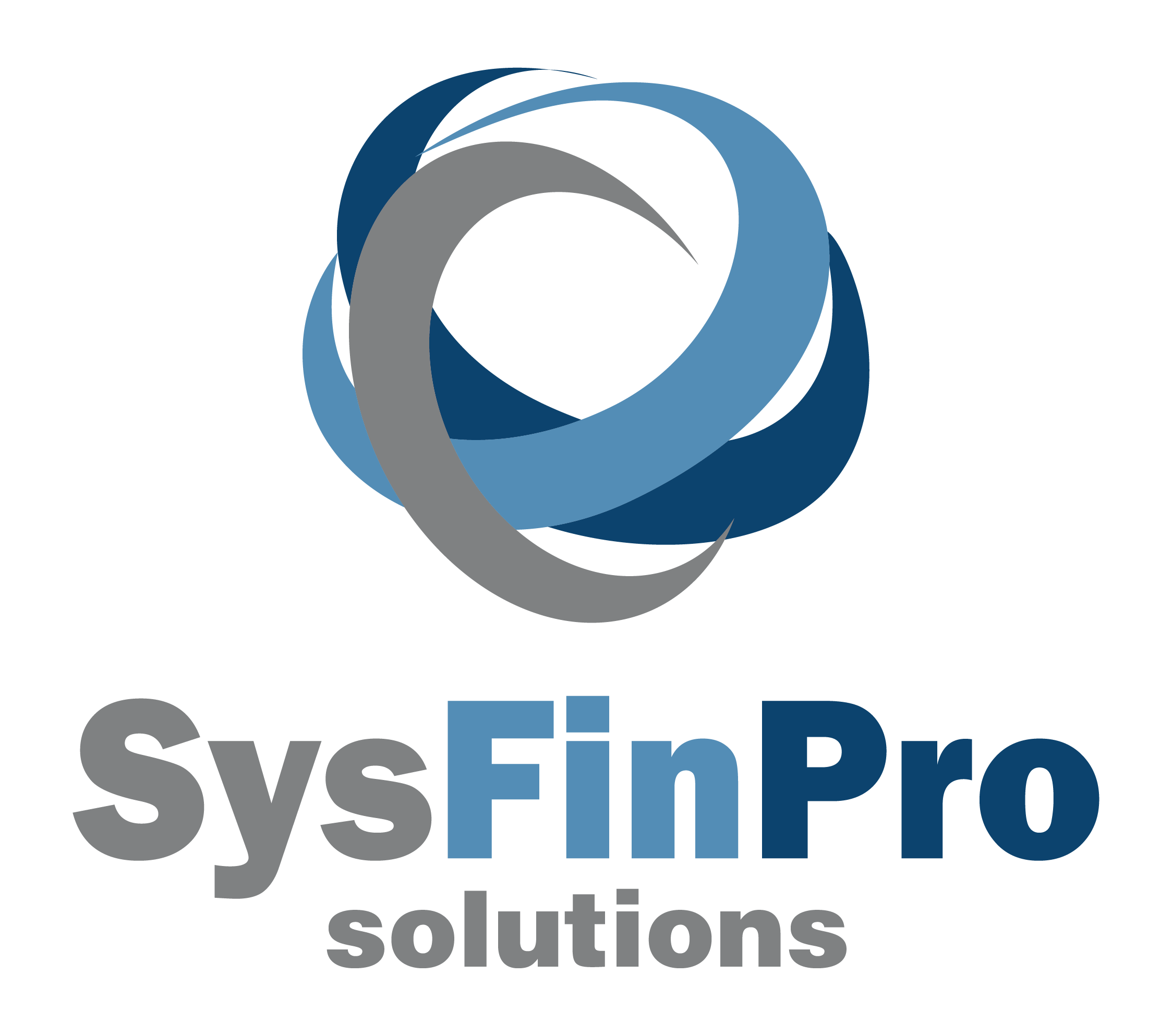+2712 88 00 258
KB20210818/01: Sage Intacct Tip & Trick – General Ledger
General Ledger is built for maximum visibility, scalability, and flexibility. Effortlessly support your company’s unbounded growth—from inception to the IPO and beyond—and gain deep, real-time visibility into every corner of your organization. The general ledger is the heart of your financial system, and we’ve designed ours with the most innovative and flexible architecture on the market today. Now you can easily handle your entire accounting and financial management process, including automated revenue recognition, global consolidations, project accounting, and much more.
Advantage of Sage Intacct GL is having Leverage to unique multi-dimensional visibility. The revolutionary Sage Intacct general ledger design enables you to use dimension values—instead of old-fashioned account segments—to capture the business context of your transactions, operational measures, and budgets. It’s how you can easily track performance by customer, project, fund, or any other business driver, while simultaneously simplifying your chart of accounts.
Key Features
- Modern architecture, multi-ledger architecture.
Manage the close process with sub-ledgers you can close independently.
- Real-time posting.
Get up-to-date visibility with transactions that post in real-time to both the sub-ledgers and general ledger.
- Streamlined chart of accounts.
Use general ledger dimensions to reduce the number of accounts you manage while retaining visibility as your business changes.
- Multi-entity architecture.
Grow into any business structure with a general ledger that provides both visibility and flexibility for managing domestic and global entities.
- Transaction definitions.
Visually configure business process document workflows to control how transactions post to the accounts you specify.
- Multi-dimensional general ledger pre-built dimensions.
Capture and store the business context for every transaction, budget, and measure in the general ledger with prebuilt dimensions for project, customer, location, department, vendor, item, employee, and class.
- User-defined dimensions.
Capture and store additional business context for each transaction, budget, and measure with user defined dimensions.
- Required dimension values.
Ensure data quality by making dimension values mandatory for transactions that post to specified accounts.
- Auto-populated dimension values.
Simplify data entry and improve accuracy by auto populating values for specified dimensions based on values of other dimensions.


